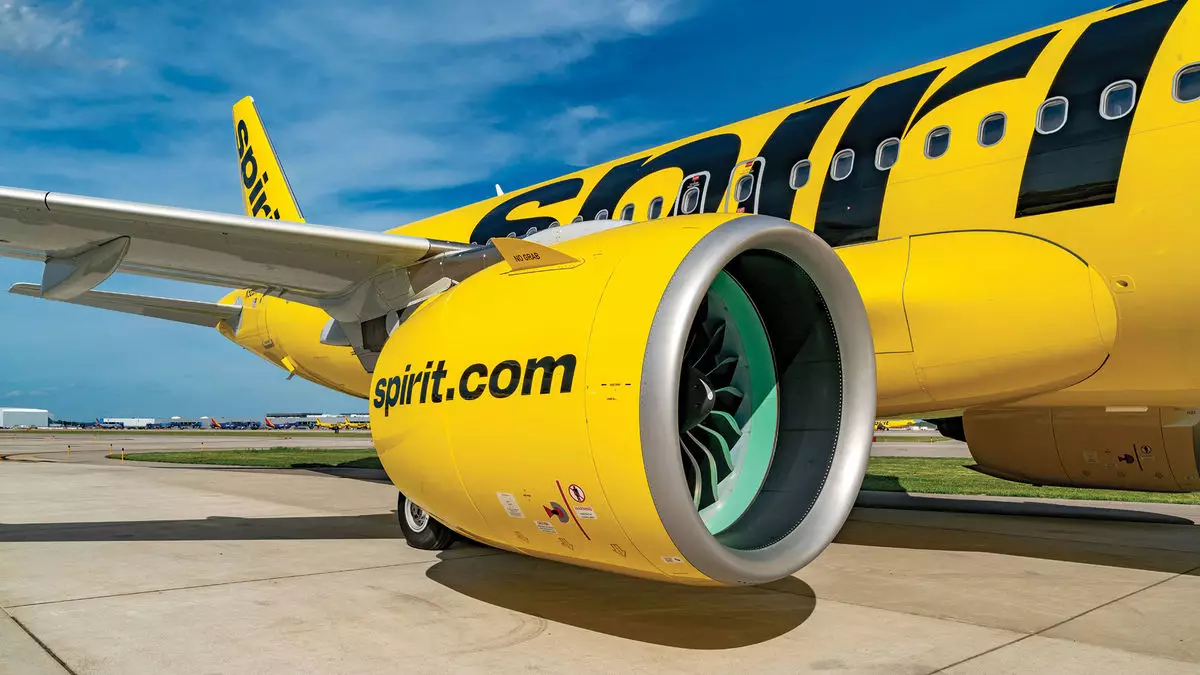As the airline industry braces for the upcoming year, significant changes are on the horizon, reshaping the competitive landscape. Low-cost carriers in the United States are gearing up to make their mark in the premium market, challenging the traditional dominance of larger airlines. This shift comes as consumer preferences evolve, emphasizing comfort and convenience in air travel, a trend catalyzed by the COVID-19 pandemic.
In 2025, established low-cost airlines are poised to elevate their offerings, aiming to capture a more significant share of the premium travel segment. In the face of an increasingly competitive marketplace, airlines such as Spirit and Frontier Airlines will adapt their business models to include more premium offerings, which could reshape consumer perceptions and expectations. This tactical shift follows major airlines like United and Delta, which have already succeeded in enhancing their premium products and services. Their impressive profit margins illustrate the potential profitability of investing in a more comfortable and premium flying experience, a strategy that low-cost carriers are now hoping to emulate.
For companies like Southwest Airlines, the upcoming reconfiguration of their aircraft to include extra legroom seats highlights a concerted effort to attract passengers who value comfort, putting pressure on the traditional carriers to stay ahead. This duality—enhancing service while maintaining affordability—will be essential for low-cost airlines aiming to thrive in an increasingly discerning market.
Spirit Airlines finds itself at a critical juncture as it enters 2025 under Chapter 11 bankruptcy protection. The forthcoming year will be pivotal for the airline as it strives to recover from significant financial losses that have plagued its operations since 2020. Emerging from bankruptcy will require not only restructuring its business model but also realizing potential partnerships or acquisitions—foremost among them, the possibility of merging with Frontier Airlines.
A merger could offer Spirit the necessary support to stabilize and innovate in a rapidly shifting environment. Analysts predict that such a move might not only be beneficial for Spirit but also for Frontier, enabling both airlines to discover synergies in operations that could yield a more productively competitive offering in the low-cost market.
As the airline sector undergoes significant transformations, the methods of ticket distribution are also evolving. The recent trend toward New Distribution Capability (NDC) technology, which seeks to modernize how airlines sell their products through direct channels, met a significant challenge with American Airlines’ withdrawal from previous aggressive strategies aimed at traffic redirection. This has left many travel management companies (TMCs) and agencies hesitant to fully embrace NDC solutions, raising questions about the effectiveness and longevity of such adoption strategies.
Despite these challenges, the airline industry is witnessing an unprecedented surge in international travel routes. Airlines are eager to respond to the growing demand for international travel options by expanding their flight offerings. Notable newcomers, such as the anticipated direct flights to Greenland and Mongolia by United Airlines in 2025, signify a response to traveler curiosity and desire for new experiences beyond standard locales.
Travelers can expect that the influx of new international routes, driven by popular demand, will invigorate the market and present a plethora of new options for 2025. Analysts suggest that this growth may herald a renaissance in travel, as airlines adapt to fulfill evolving consumer desires.
Ultimately, the landscape of air travel is set for significant changes over the coming year. With low-cost airlines venturing into premium offerings, traditional carriers will need to innovate continuously to remain relevant. The reconfiguration strategies being implemented by various airlines are just the tip of the iceberg, as they attempt to capture not just more passengers but retain those who prioritize a comfortable flying experience.
Furthermore, the dynamics of airline distribution must transform alongside these changes. As the industry navigates new technologies and consumer expectations, it faces the challenge of nurturing profitable relationships with travel agencies and TMCs while elevating the travel experience for passengers.
The potential collaboration between Spirit and Frontier, along with the surge in international routes, suggests that the airline industry in 2025 will be characterized by both fierce competition and exciting growth. As the year unfolds, travelers can look forward to enhanced options and experiences in air travel, but they should also remain vigilant as the industry continues to evolve.

